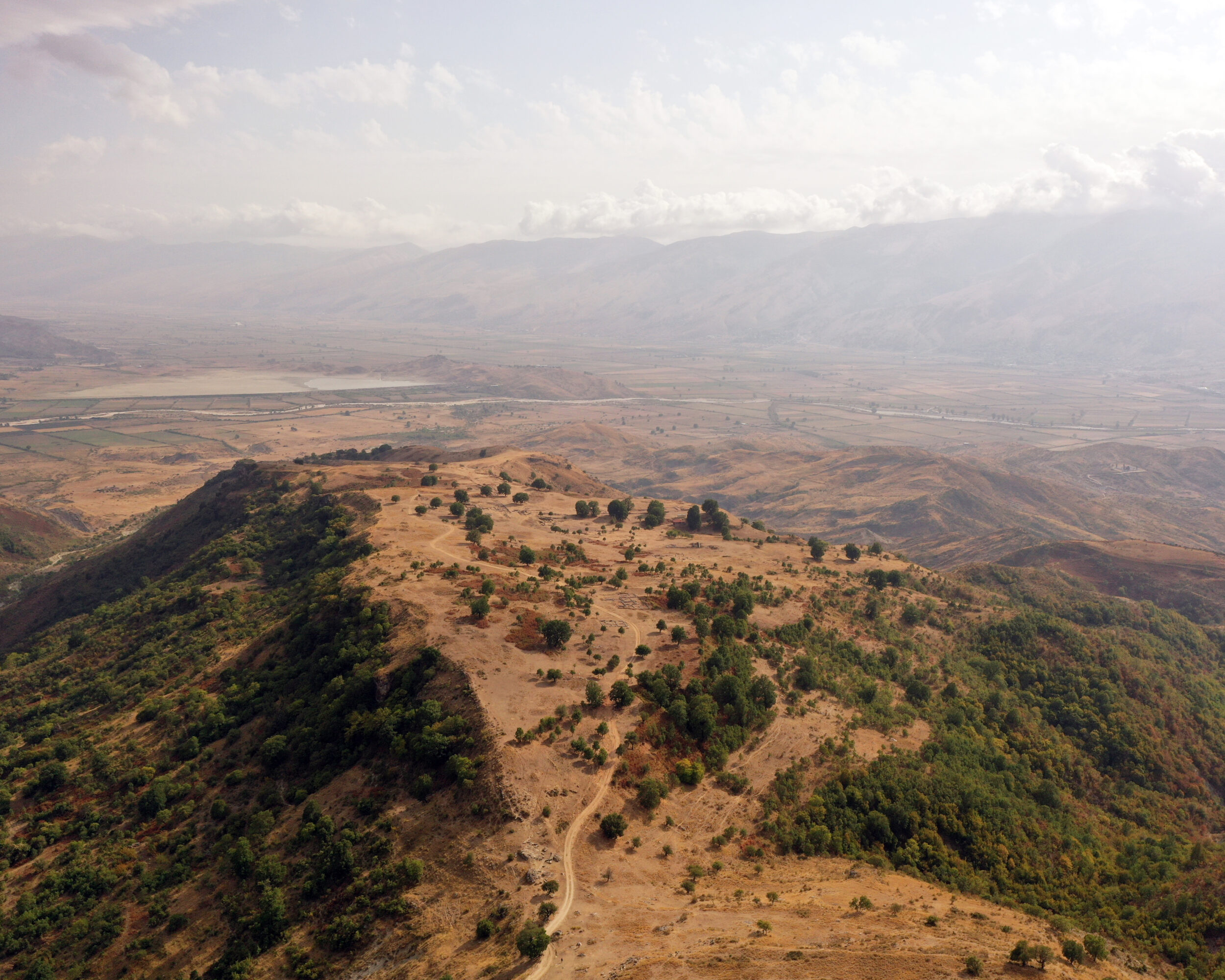A historic moment for Albanian culture: Marubi in UNESCO is now a reality! The photographic archive of the Marubi Dynasty has been officially inscribed in UNESCO’s Memory of the World International Register as a recognized global documentary heritage.
This international recognition is the highest honor for one of Albania’s rarest cultural treasures—an archive containing hundreds of thousands of negatives, documents, and photographic artifacts preserved by three generations of master photographers. For the first time, Shkoder, the cultural heart of northern Albania, has its name engraved in the Memory of the World.
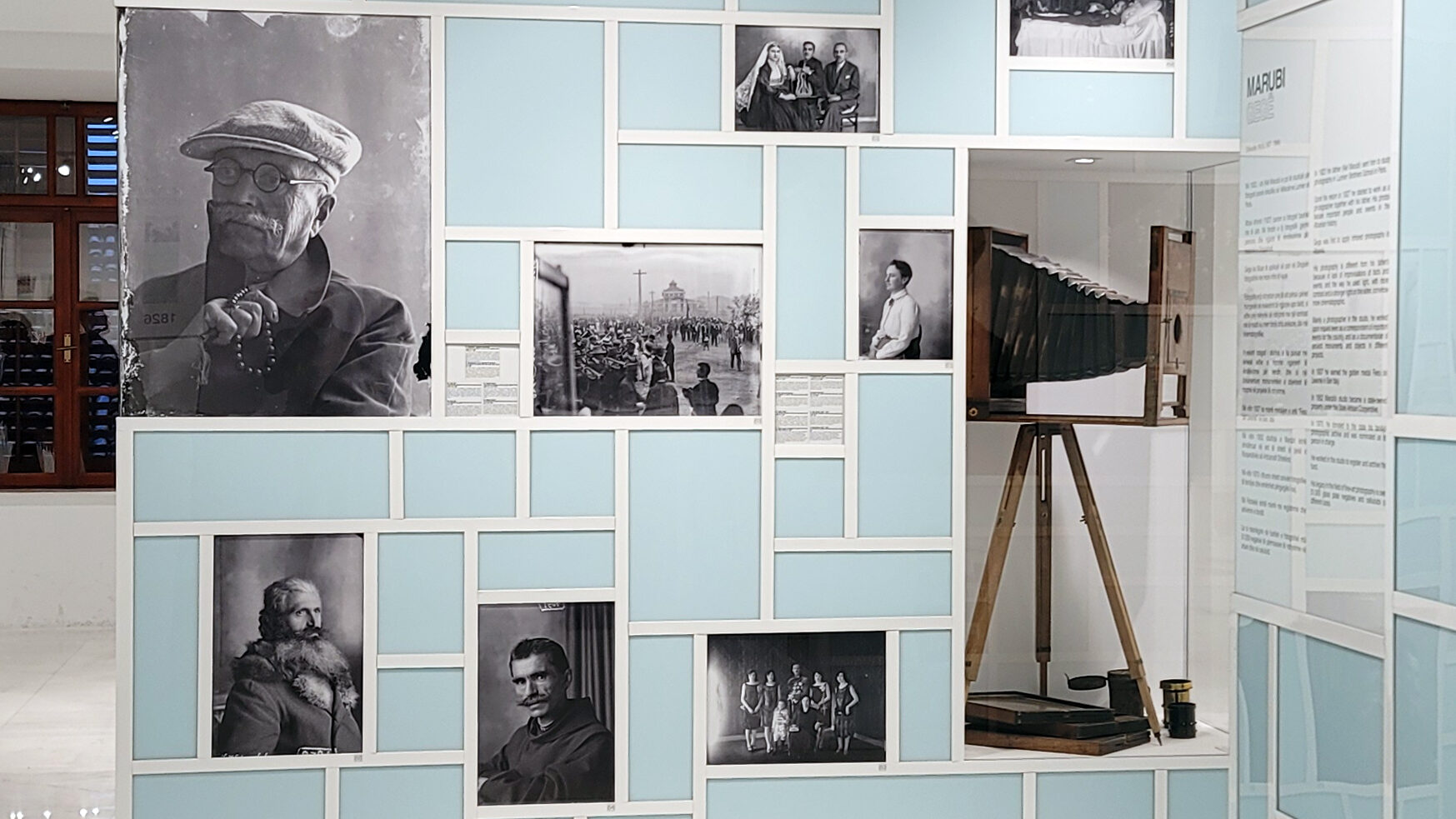
Marubi in UNESCO – A Tribute to Three Generations of History
Pietro Marubi – The Founder Who Brought Photography to Albania
Pietro Marubi was an Italian photographer who arrived in Shkoder in the mid-19th century and founded Albania’s first photographic studio in 1856, known as Dritëshkronja Marubi. He introduced the latest techniques of the time and created an invaluable visual record of Albanian life during the National Awakening.
Through his lens, Pietro immortalized historical figures, portraits of men and women from all walks of life, and key events that shaped the Albanian identity. His work became the foundation of the Marubi legacy, now celebrated globally.
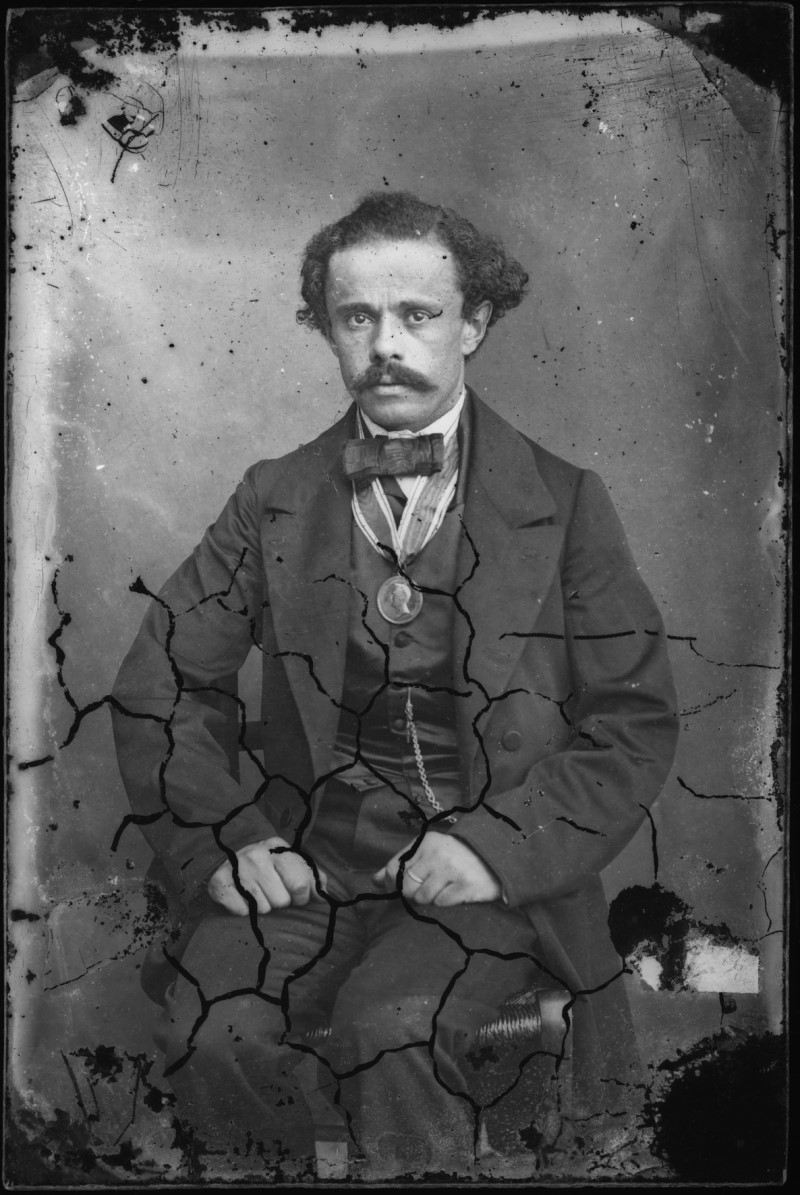
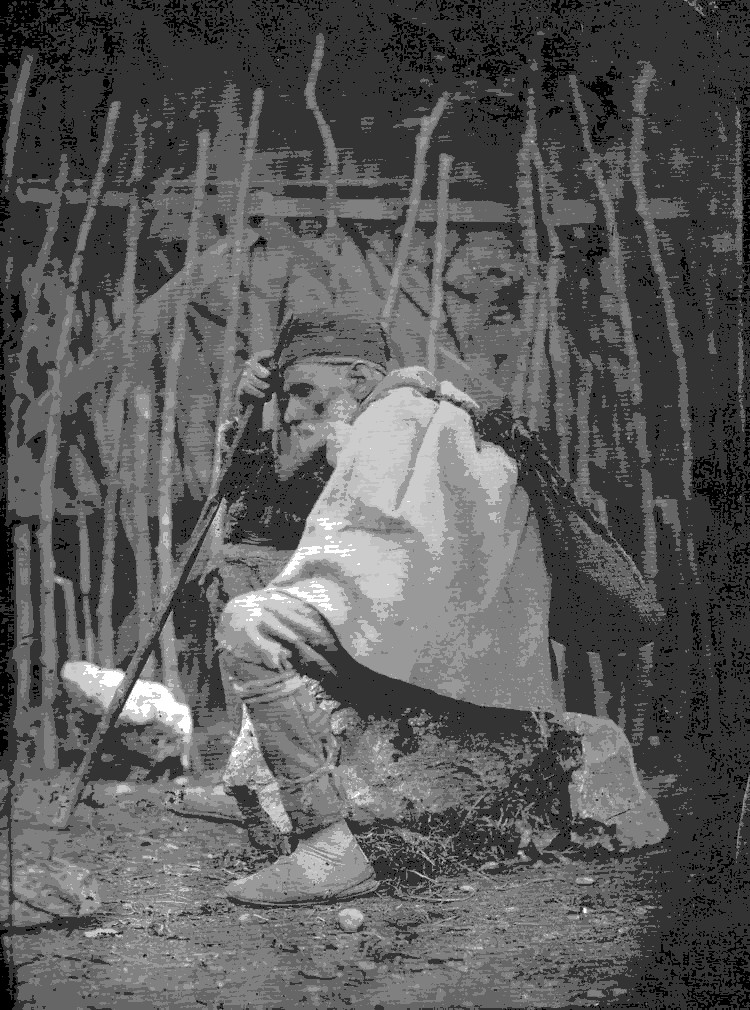
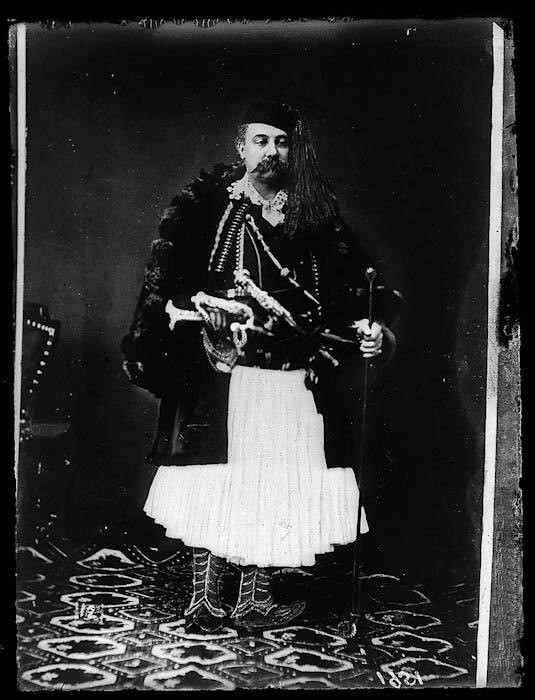
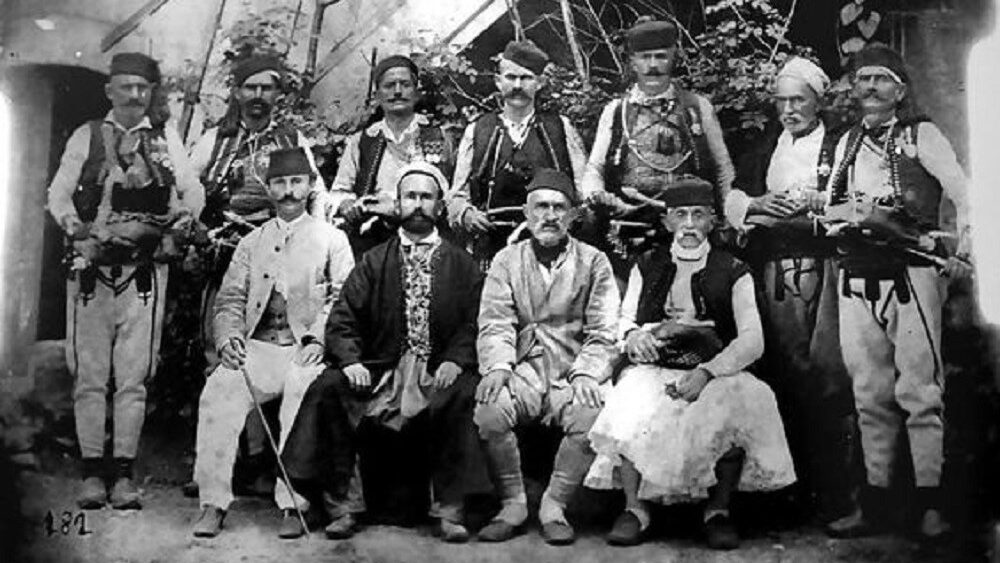
Pjetër Marubi dedicated time and artistic attention to exploring the figure of the Albanian woman, who appeared to him sometimes Catholic, sometimes Muslim, sometimes elegant, sometimes harsh, sometimes shy, and sometimes defiant. One particularly striking photograph in the archive is that of a young Muslim girl posing in front of Marubi without a headscarf—something unimaginable for that era.
This image is especially valued because, within Pietro Marubi’s archive, portraits of Muslim women are rare or captured only in passing. This may reflect the prevailing societal attitudes of the time, particularly among more conservative segments, which were less accepting of this new invention—the camera.

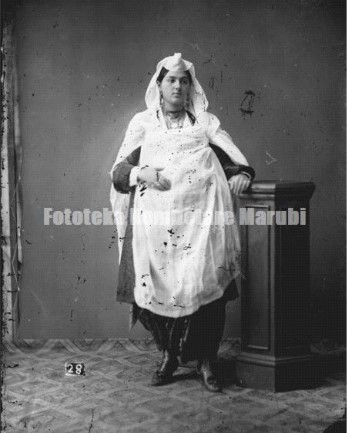

Kel Marubi – The Dedicated Innovator of the Second Generation
Pietro’s successor, Kel Kodheli, adopted the Marubi surname and elevated the studio to a new level. He mastered traditional techniques but also introduced innovations: the use of glass plate negatives, meticulous attention to detail and lighting, and a profound sensitivity toward his subjects.
Kel was not only a technical master but also a chronicler of everyday life, capturing everything from official portraits to intimate scenes of both urban and rural Albania. His body of work is a key reason why Marubi in UNESCO is a reality today.
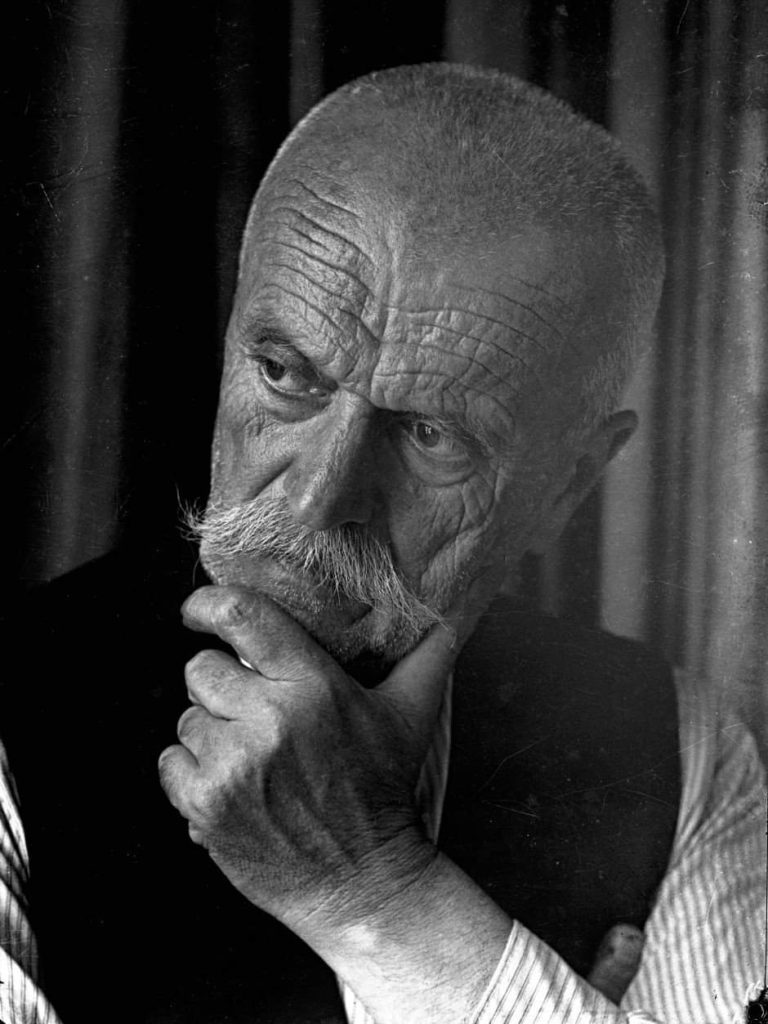
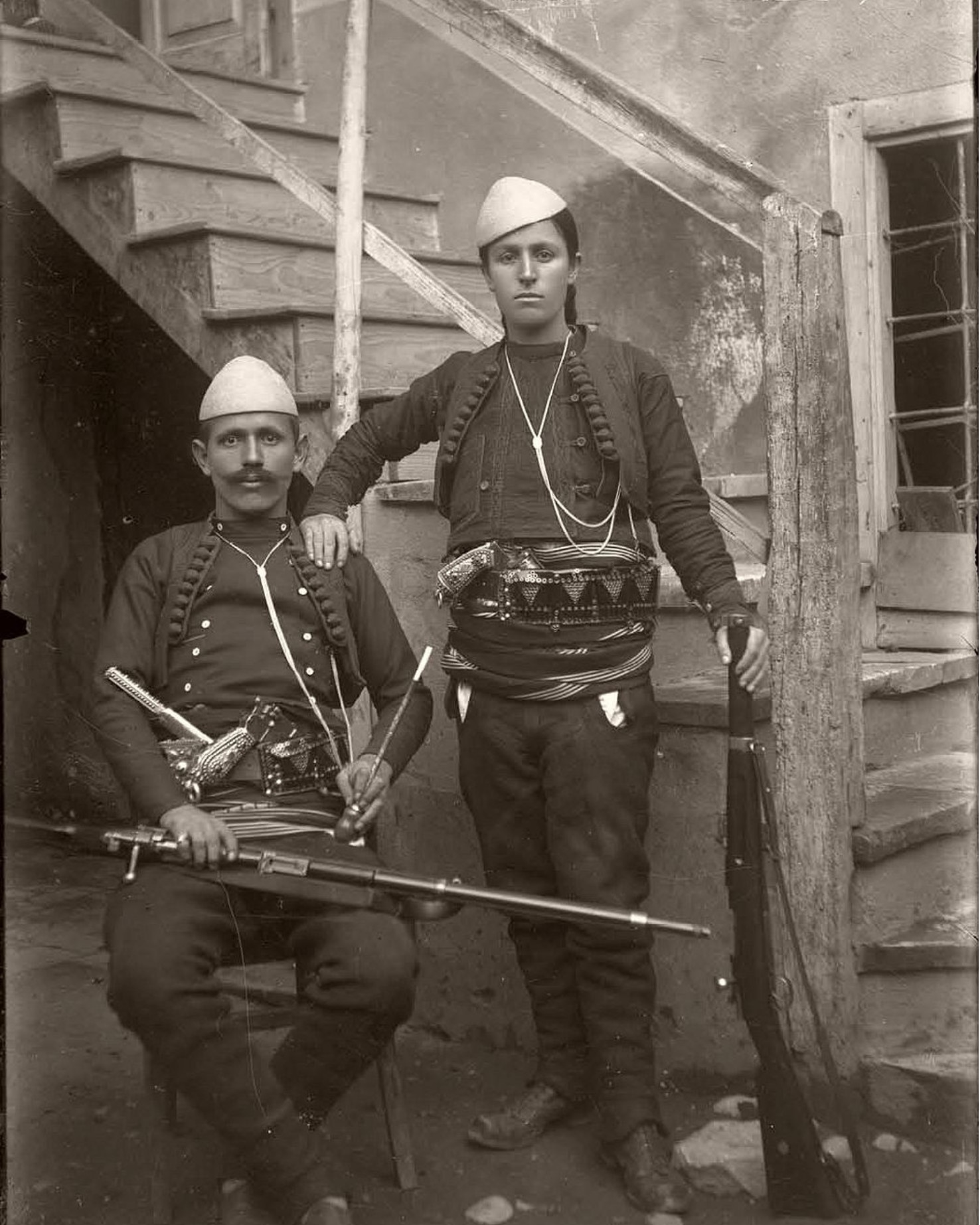
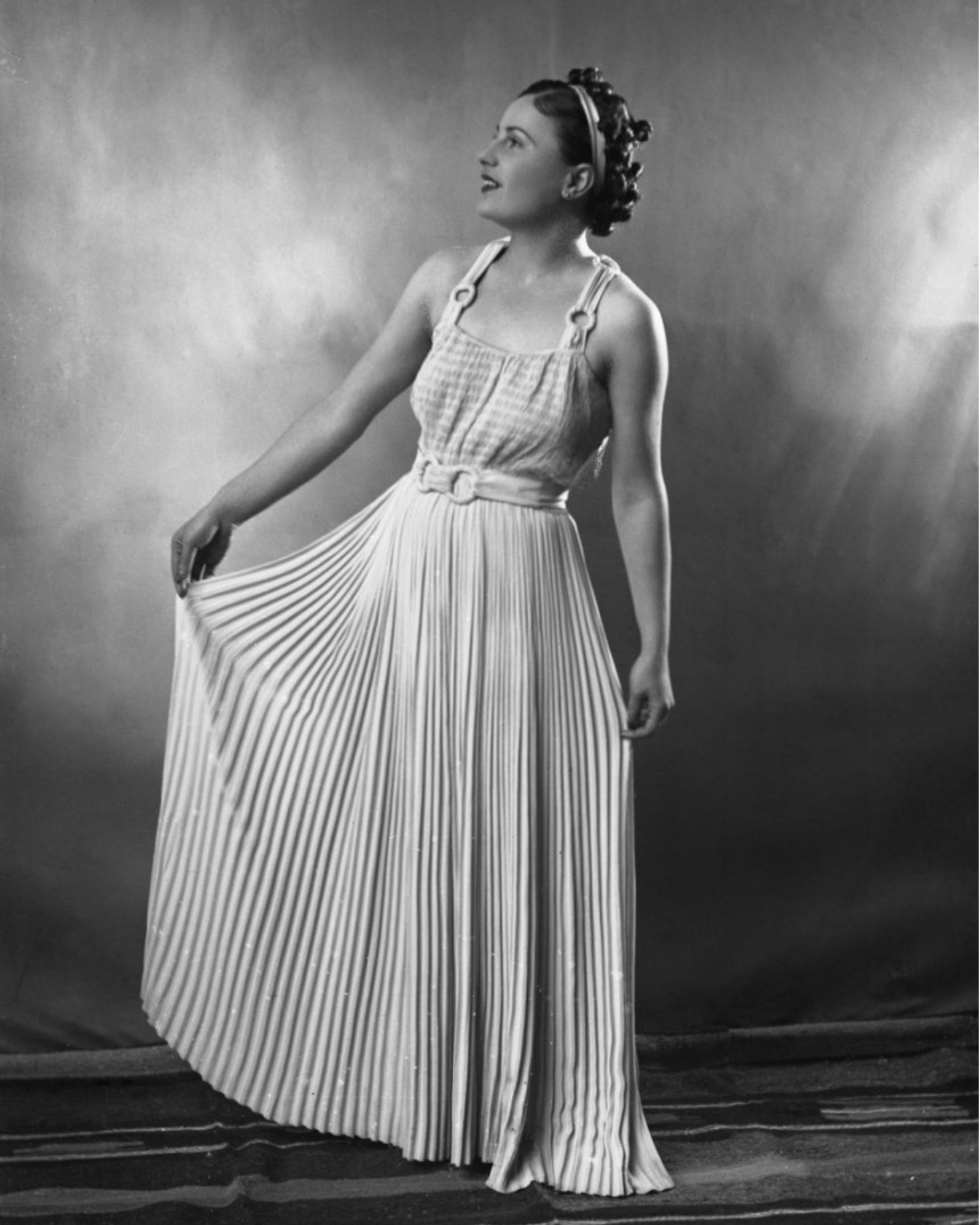
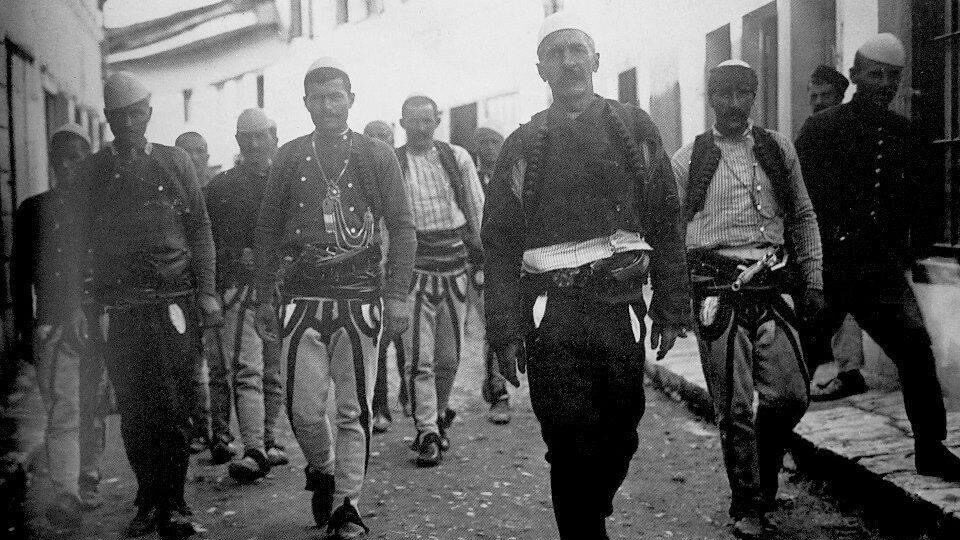
The photograph below has been titled by researchers as “The Surrender of Weapons.” A masterful composition! It has been ranked among the 500 greatest photographs in the world in The Photography Book (Phaidon, 2000).
For a long time, experts were unaware of the full meaning behind this image. It was researcher Qerim Vrioni who shed light on it after conducting in-depth archival research. The key to understanding the photograph lies in the year 1922, when it was taken. That year, King Zog enacted a law requiring citizens to surrender their firearms.
According to Vrioni, “The Surrender of Weapons” is a conceptual photograph, meaning the author had a clear vision of what he wanted to create. The image is composed like a theatrical scene—a dramatic moment frozen in time, conveying the emotional and political tension of an entire act through a single frame.
Each character occupies a deliberately chosen position; everything is precise, nothing is superfluous. Marubi, as a multi-dimensional artist, ensured that his work encompassed every element—where the posture and gestures of each person represent not just a passing moment, but an inner psychology, a cultural mindset. Every figure in the photograph plays a distinct role, and together, they serve a unified narrative purpose.
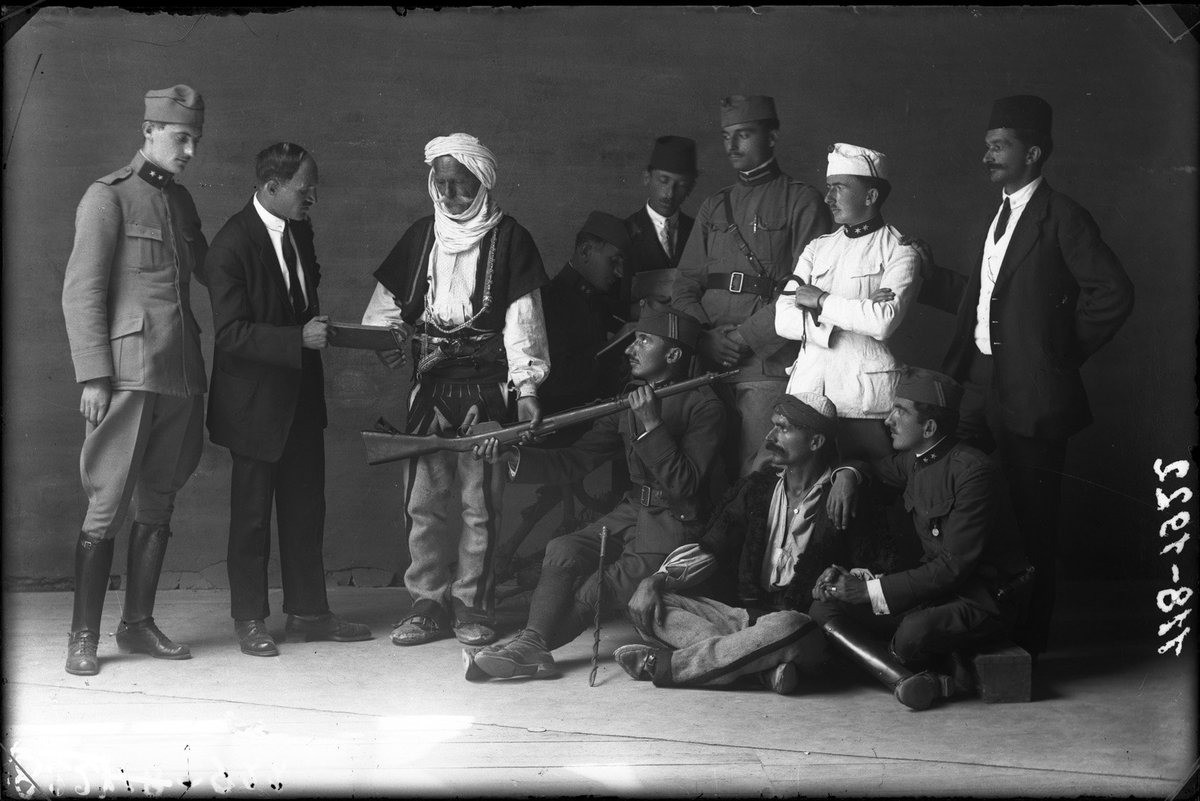
Gegë Marubi – A Modern Visionary and Artistic Soul
The third and final generation was represented by Gegë Marubi, Kel’s son, and the first Albanian to study photography in Paris. He brought a new artistic spirit to the studio, experimenting with modern composition, creative lighting, and psychological depth.
His photographs reflect a transforming Albania—from daily life and landscapes to portraits that breathe emotion. Upon retiring, Gegë donated the entire Marubi archive to the Albanian state, ensuring its preservation for future generations. Today, his work lives on as part of UNESCO’s global cultural heritage.

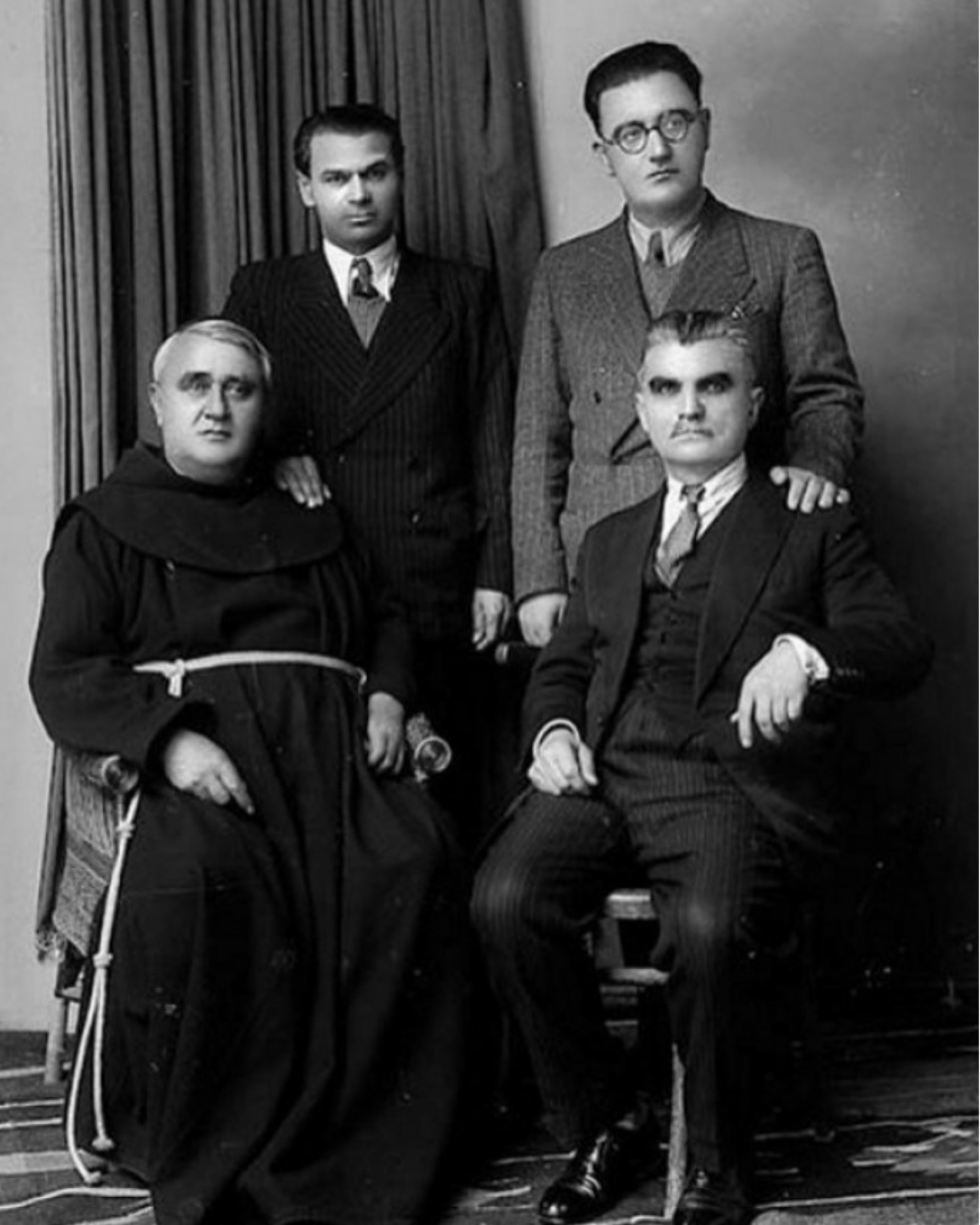


Marubi Museum – A Gateway to the Memory of the World
All these treasures are now preserved at the National Museum of Photography “Marubi” in Shkodër. Housing over 500,000 negatives from 1850 to 1950, the museum offers a modern visitor experience with curated exhibitions, historical equipment, and digitized archives that take you on a journey through time.

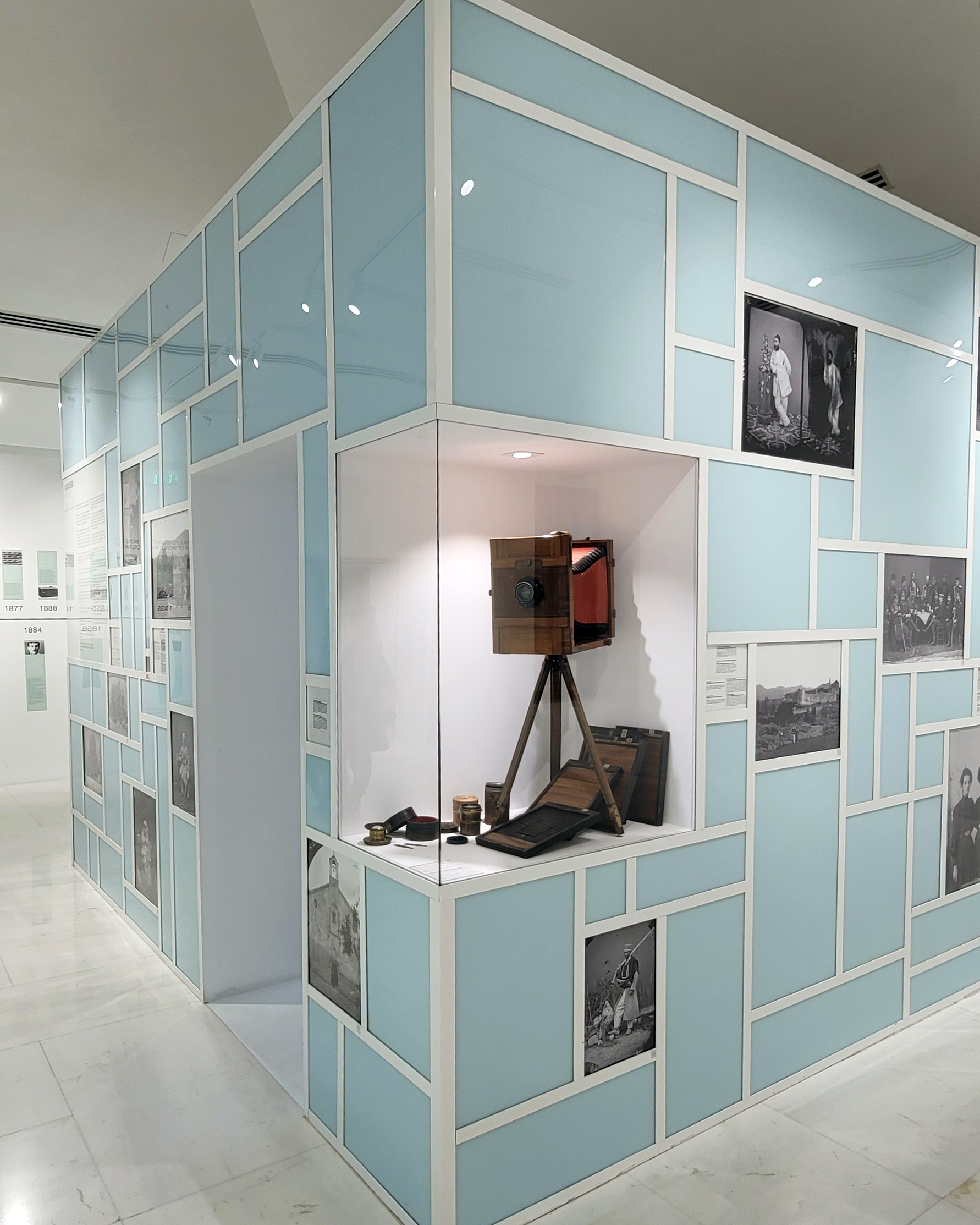
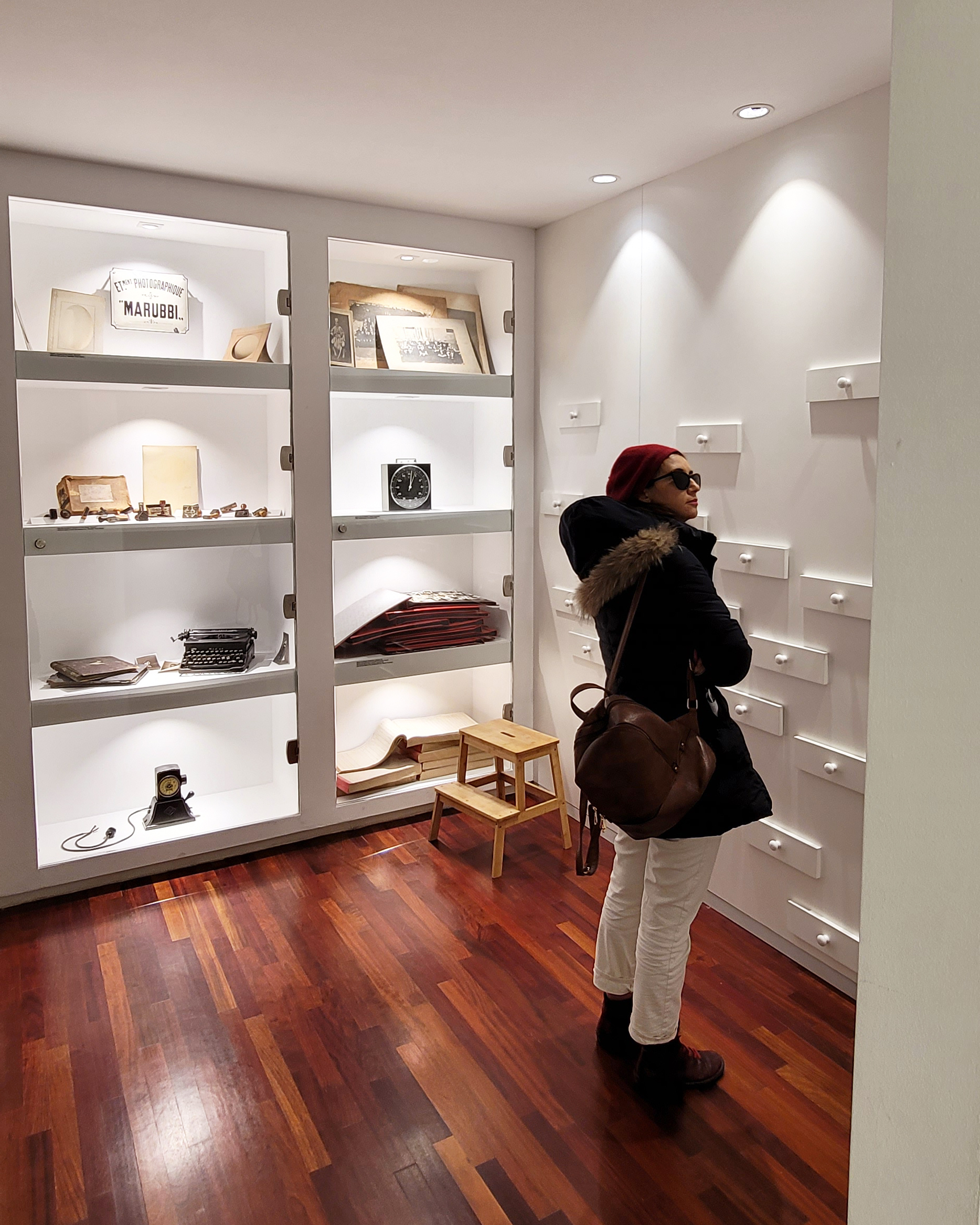
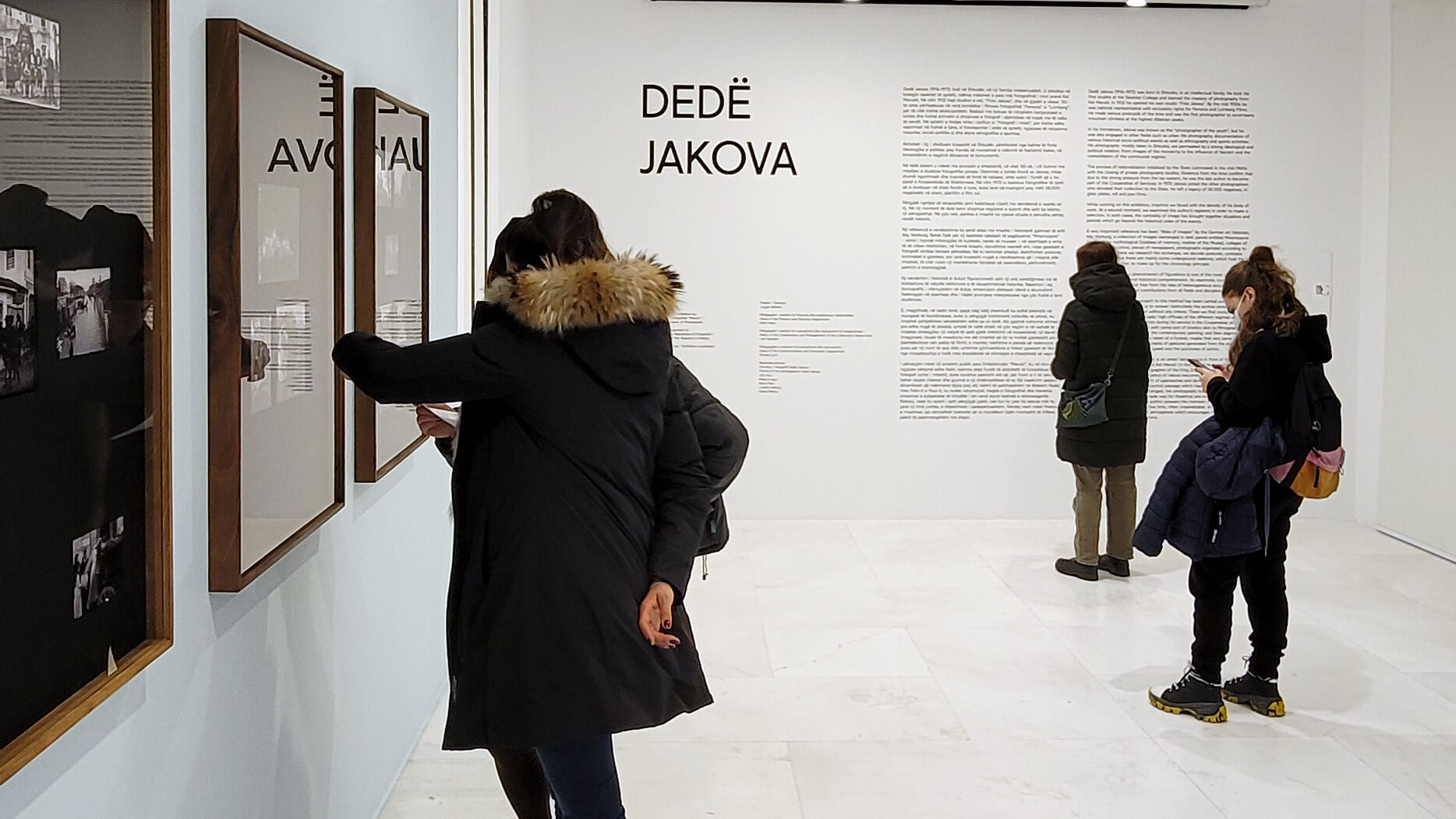
If you’re visiting Shkodër in Albania, don’t miss the chance to explore this extraordinary legacy. Marubi in UNESCO is more than a title—it’s an invitation to discover the roots, soul, and visual history of a nation through the eyes of its finest photographic storytellers.


